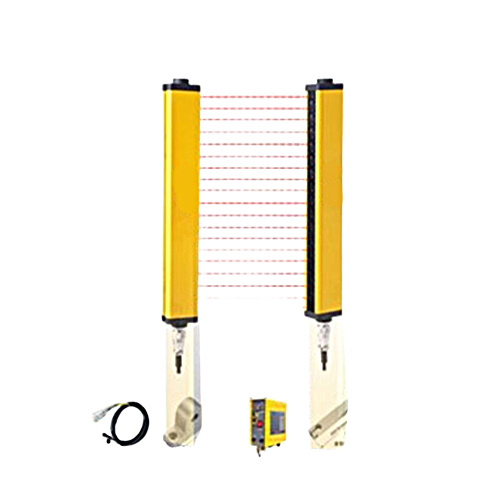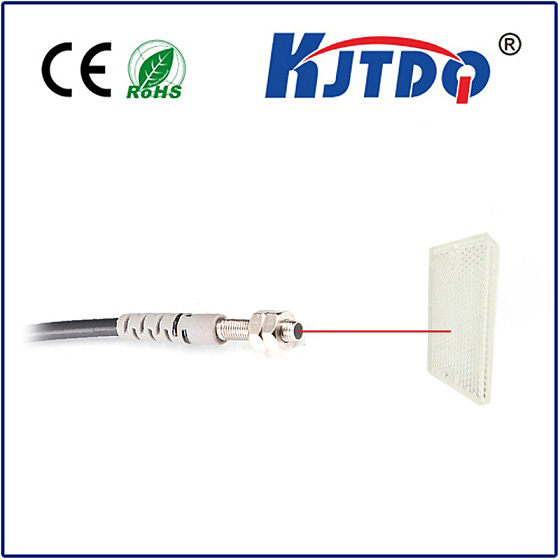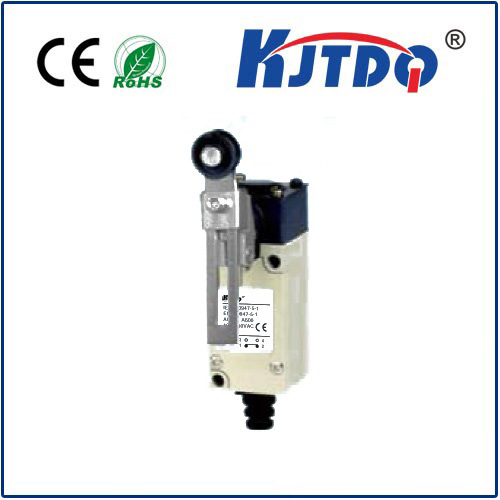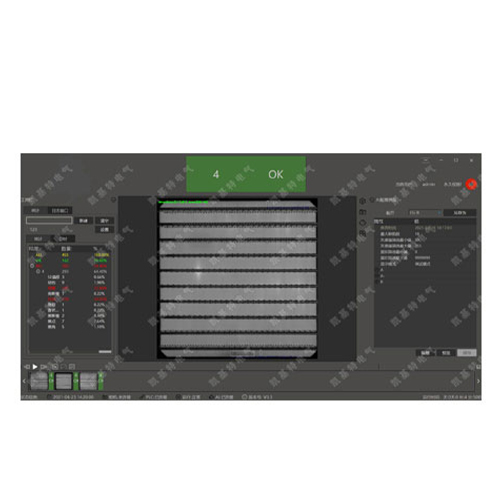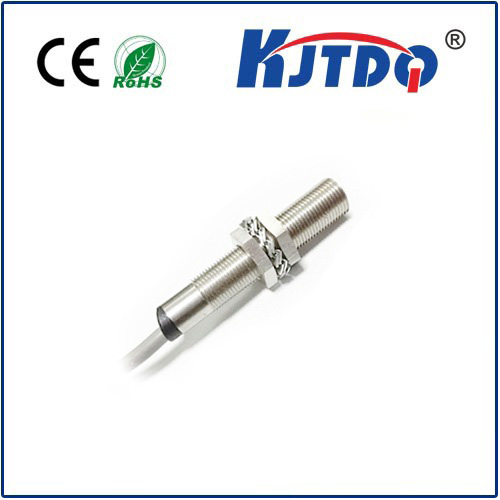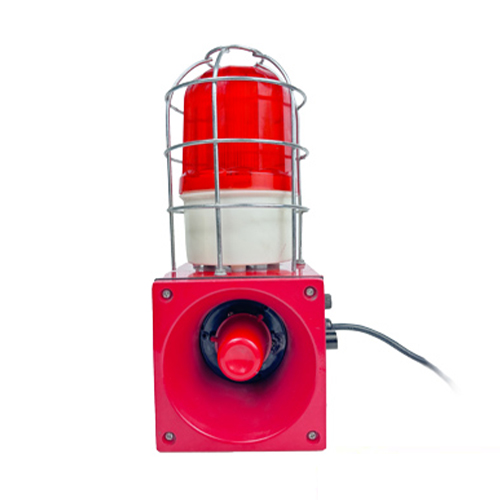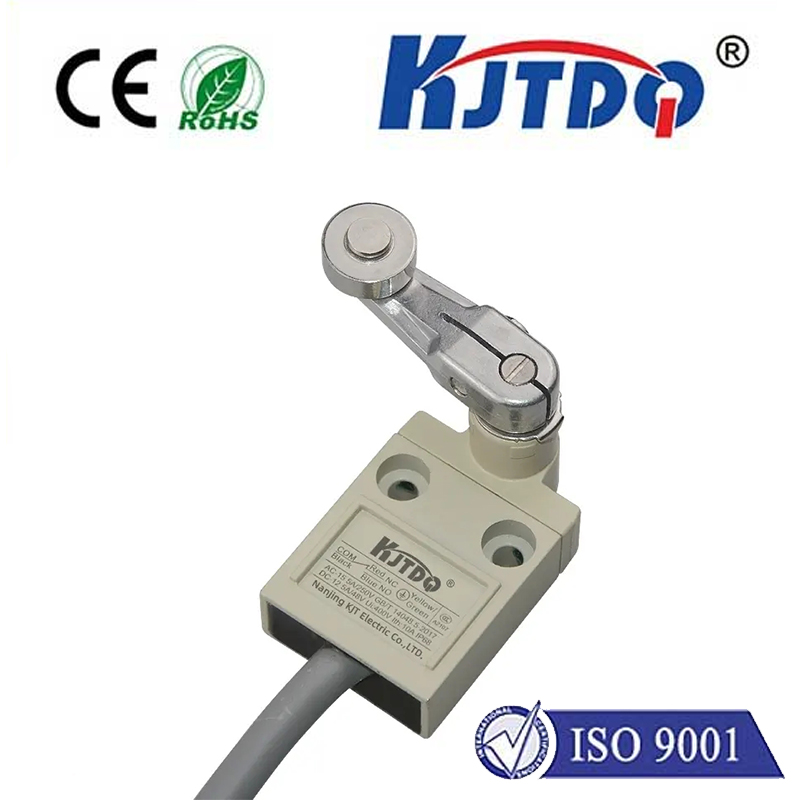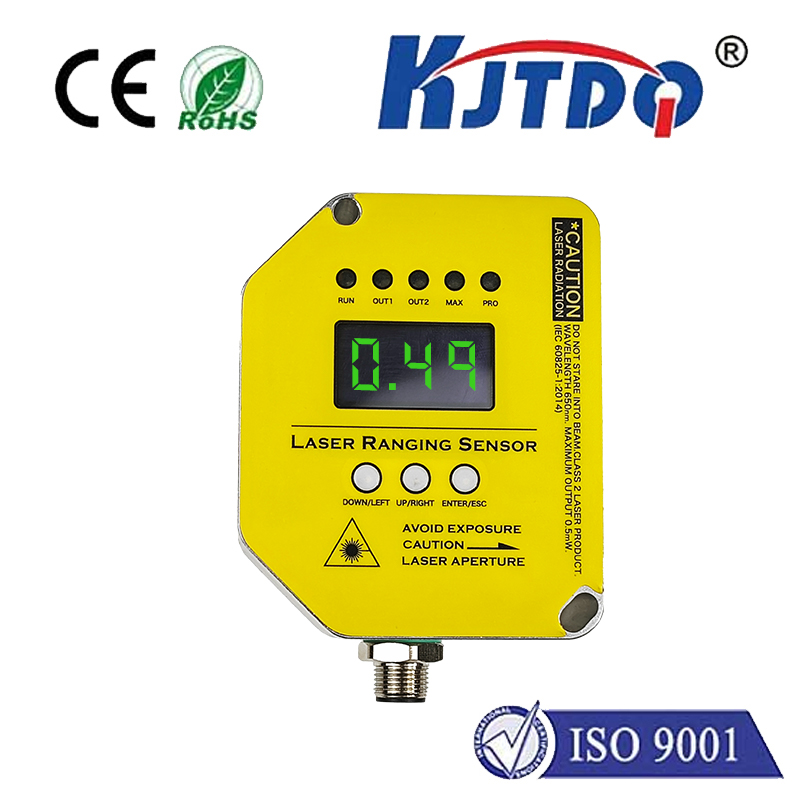mini proximity sensor
- time:2025-09-06 04:12:34
- Click:0
The Mighty Mini: How Proximity Sensors Shrank & Revolutionized Modern Tech
Ever waved your hand near an automatic faucet to turn it on? Or watched your phone screen dim as you lift it to your ear? Chances are, a tiny, unseen hero made that magic happen: the mini proximity sensor. These compact marvels of engineering, often no larger than a grain of rice, have quietly infiltrated our world, transforming devices and enabling functionalities once deemed impossible due to size constraints. Understanding their evolution and applications is key to appreciating the hidden intelligence in modern gadgets and systems.
From Bulky Beginnings to Microscopic Marvels
Proximity sensors, at their core, detect the presence or absence of nearby objects without physical contact. Traditional models, while effective, were often bulky, power-hungry, and ill-suited for space-sensitive applications. The relentless drive for miniaturization, spurred by the demand for smaller, smarter, and more portable electronics, led to the birth of the mini proximity sensor.
This miniaturization wasn’t just about making things smaller; it involved groundbreaking advancements in materials science, integrated circuit (IC) design, and manufacturing techniques. Engineers packed sophisticated detection capabilities – whether based on infrared light (IR), ultrasonic waves, capacitive fields, inductive principles, or even millimeter-wave radar – into housings often measuring just a few millimeters across.
Why Mini Matters: The Compelling Advantages

The shift towards miniature proximity sensors delivers a cascade of critical benefits:
- Unlocking Space-Constrained Designs: This is the most obvious advantage. These compact sensing solutions fit into the thinnest smartphones, wearables, earbuds, intricate medical instruments, robotics joints, and dense circuit boards where standard sensors simply wouldn’t physically fit, enabling sleek, innovative product forms.
- Driving Power Efficiency: Miniaturization often goes hand-in-hand with lower power consumption. Mini proximity sensors are designed to sip power, making them ideal for battery-powered devices like smartphones, tablets, wireless peripherals, and IoT nodes, significantly extending operational life.
- Boosting Cost-Effectiveness: Advances in semiconductor manufacturing allow millions of tiny, high-performance sensors to be produced economically. This cost reduction makes incorporating proximity detection feasible in a much wider range of consumer and industrial products.
- Enabling Widespread Integration: Their small size and low power needs mean mini proximity sensors can be embedded anywhere. Think detecting when a laptop lid closes, managing energy in smart thermostats by sensing room occupancy, or enabling gesture control in compact VR controllers.
| Feature |
Traditional Proximity Sensor |
Mini Proximity Sensor |
Impact of Miniaturization |
| Size |
Relatively large (cm scale) |
Compact (mm scale, down to 1-2mm) |
✓ Fits into smartphones, wearables, tiny devices ✓ Enables minimal bezels |
| Power Consumption |
Moderate to High |
Ultra-Low (μA range) |
✓ Critical for battery life in mobile/IoT devices ✓ Enables always-on sensing |
| Primary Driver |
Industrial reliability |
Size/power constraints |
✓ Shifts focus beyond factories to everyday gadgets |
| Key Application Shift |
Machine safety, automation |
Consumer electronics, wearables, medical devices |
✓ Brings smart features to personal devices ✓ Enables new interaction methods (e.g., auto screen on/off) |
Where the Tiny Titans Operate: Diverse Applications
The applications for mini proximity sensing are vast and growing exponentially:
- Consumer Electronics: This is arguably the most visible arena. They manage screen blanking during calls (preventing accidental touches), enable automatic screen wake/sleep when picking up or putting down a phone/tablet/laptop, detect earbud removal for auto-pause, and facilitate touchless gestures on wearables or smart home controllers. User experience is profoundly enhanced by these unseen interactions.
- Industrial Automation & Robotics: Even in larger machinery, space is often at a premium. Mini proximity sensors provide precise object detection on robot arms, verify part presence in compact assembly jigs, monitor vibration levels in tight spaces, and ensure safety by detecting operator proximity in restrictive zones. Their robustness and reliability remain paramount here.
- Medical Devices: Maintaining sterility and compactness is critical. Mini proximity sensors detect instruments within sterile fields, monitor fluid levels in miniature pumps and IV systems without contact, enable touchless controls on diagnostic equipment, and are integral to compact handheld surgical tools and wearable health monitors. Patient safety and device hygiene benefit immensely.
- Automotive Innovation: Beyond parking sensors, compact proximity sensing is crucial inside modern vehicles. They enable keyless entry/passive start systems, detect driver presence for safety features, manage interior lighting upon occupancy, and underpin emerging gesture control interfaces on infotainment systems, contributing to enhanced driver convenience and safety.
- Internet of Things (IoT): The vast network of connected devices thrives on small, low-power sensors. Mini proximity sensors detect open/closed states of windows, doors, cabinets, monitor occupancy in smart buildings to optimize HVAC/lighting, track assets, and provide user presence detection for security systems, all while sipping battery power.
- Aerospace & Defense: Weight and space are critical in aircraft and spacecraft. Miniature proximity sensors provide critical position feedback for landing gear, control surfaces, and internal mechanisms, and are vital in compact guidance systems and unmanned aerial vehicles (UAVs).
The Technology Inside: How Mini Sensors “See”
While the principles remain similar to larger sensors, achieving detection in a tiny package requires clever engineering:
- Infrared (IR) Reflection: Emits an IR beam and detects its reflection. Common for smartphone screen blanking and simple presence detection. Needs careful calibration for ambient light rejection.
- Capacitive Sensing: Detects changes in an electrical field caused by a conductive or dielectric object. Excellent for non-metallic object detection and behind-panel mounting (e.g., touchless faucets, touch-sensitive controls hidden under glass/plastic). Offers high sensitivity even for tiny movements.
- Inductive Sensing: Detects metallic objects by disturbing an electromagnetic field. Dominant in industrial settings for detecting metal parts, especially in harsh environments where contactless detection is key. Highly robust but specific to metals.
- Ultrasonic: Measures the time-of-flight of sound waves. Effective for various materials and distances, useful for liquid level detection or basic object avoidance in robotics, though potentially less common in the tiniest formats due to transducer size.
- Millimeter Wave (mmWave): An emerging technology in the mini space, offering precise motion detection, presence sensing, and even vital sign monitoring through materials, enabling advanced features in compact consumer devices.
Material Science: The Unsung Hero
The relentless pursuit of smaller sizes wouldn’t be possible without breakthroughs in materials. Substrates enabling denser circuitry, low-power ICs fabricated using advanced semiconductor processes (like CMOS), and specialized packaging materials protecting delicate components while maintaining minuscule footprints are all crucial enablers. Innovation at the material level continues to push the boundaries of how small and capable these sensors can become.
Challenges and Considerations for Miniaturization
Shrinking sensors isn’t without trade-offs:
- Reduced Detection Range/Area: Smaller components often equate to shorter detection distances or narrower sensing fields. Designers must carefully match the sensor to the specific range requirement.
*






